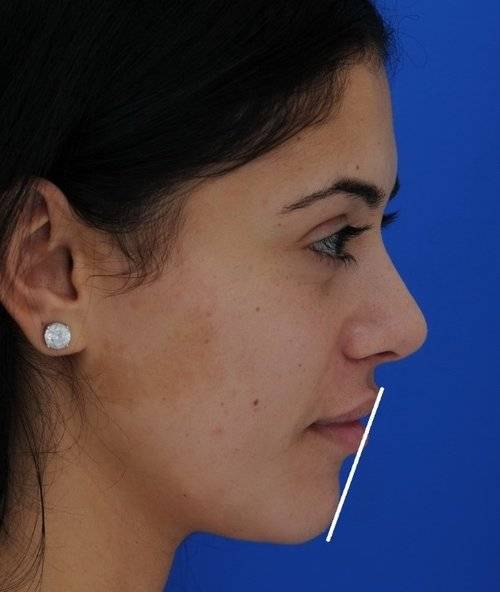The Link Between Facial Symmetry and Attraction

Aaron Spelling on beauty: “I can’t define it, but I know it when it walks into the room.”
Have you looked in the mirror and wondered how your face might be changed to make it more balanced, symmetric and good-looking? If so, you have self-analyzed yourself like we facial plastic surgeons do during our consultations.
My book chapter “Profile Management” in Advanced Therapy in Facial Plastic & Reconstructive Surgery breaks down the scientific basis of how we surgeons analyze the proportions of the nose and face, and make decisions about what changes will make the face more aesthetically balanced.
Why do we care about facial balance and symmetry? Anthropological studies have proven that the more balanced and symmetric a face is, the more that face is considered attractive. Beauty has been inextricably tied to successful gene propagation since Darwin described evolution. According to Nancy Etcoff, PhD, in her book Survival of the Prettiest: The Science of Beauty, a more balanced, proportional face is considered more beautiful across all cultures. Additionally, the more beautiful members of any society, on average, are more successful, happier and live longer. We are hard-wired to want beauty and symmetry for ourselves and our loved ones.

(Aesthetically correct relationship between upper lip, lower lip and chin)
How do we translate these desires when analyzing a profile? In general, we evaluate the nose for a balanced length, dorsal height, and harmony in the tip’s projection and rotation. We want to insure that the length of the white upper lip is as short as possible (the shorter the distance from the base of the nose to the red lip border, the prettier the smile looks), and that the red lip has volume and definition (both signs of youth). The upper lip should extend slightly more forward than the lower lip on profile, and a line extending from the upper lip to the lower lip should then just touch the chin in women (see photo). The cheeks should be full but not fat. The jawline should be sharp and the neck not sagging.
More than any other procedure, rhinoplasty and chin implants have the greatest effect on the basic parameters of the profile. These change the structure of our face, while aging face surgery like facelifts, neck lifts, forehead lifts and eyelid lifts (blepharoplasty) change how our fat and muscles drape on our basic structure. In patients off all ages, adjusting the profile with rhinoplasty and chin implants can improve facial harmony, balance and beauty more dramatically than any other surgery.
A vital tool we facial plastic surgeons use to help decide what changes lend the most harmony to a face is photo imaging or morphing. With photo imaging, we can reshape the size of the nose and chin to exactly understand what makes the face most beautiful. No rhinoplasty or chin implant consultation is complete without photo imaging.
Please see our Rhinoplasty and Chin Augmentation pages for more details about these procedures.

Very intersting post and makes complete sense to me. Thanks for sharing